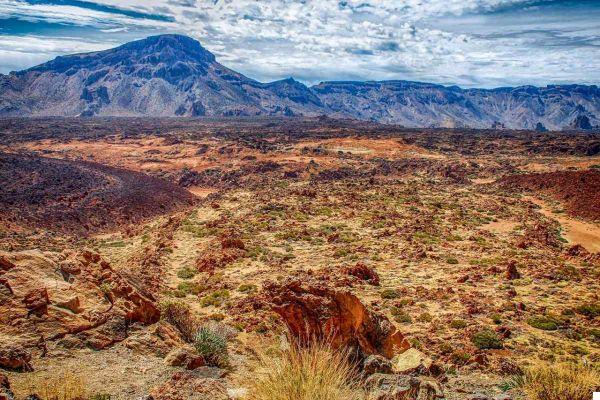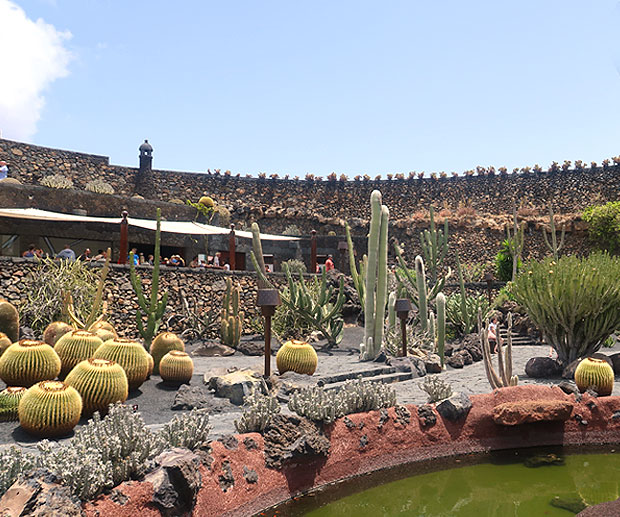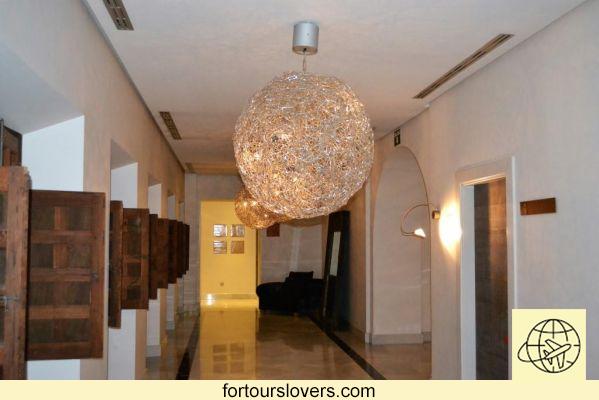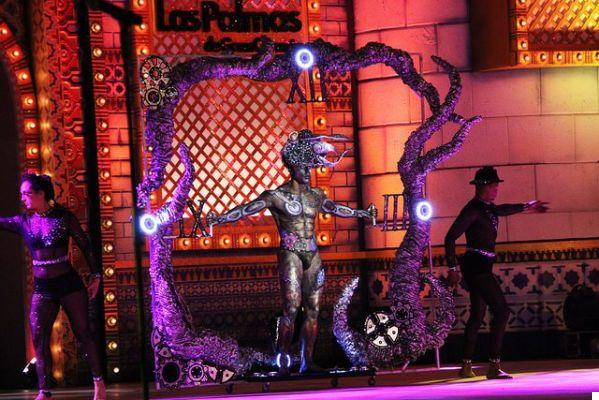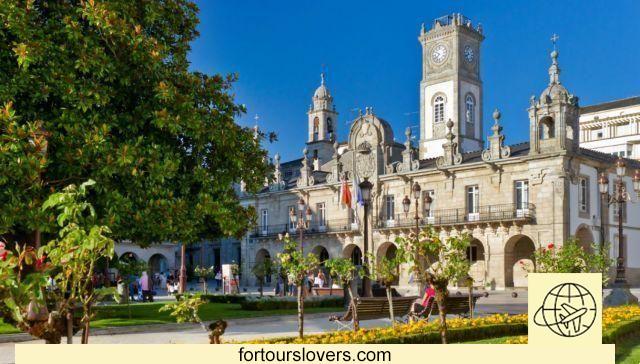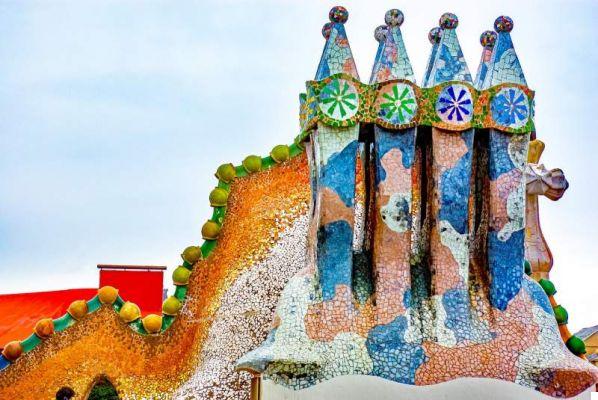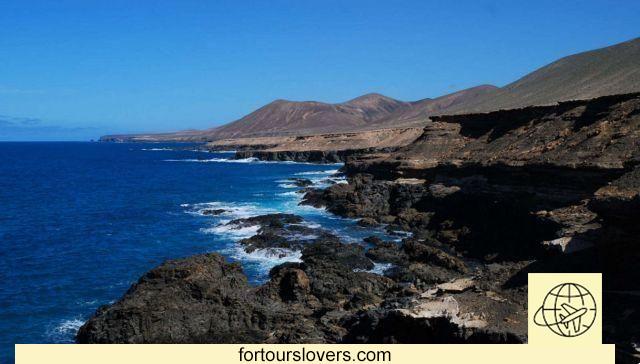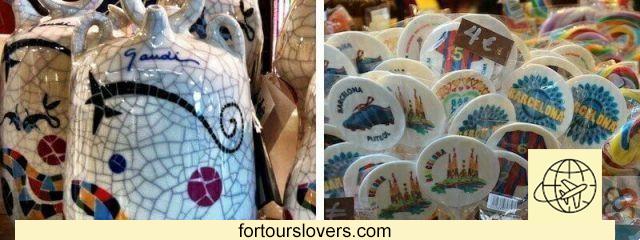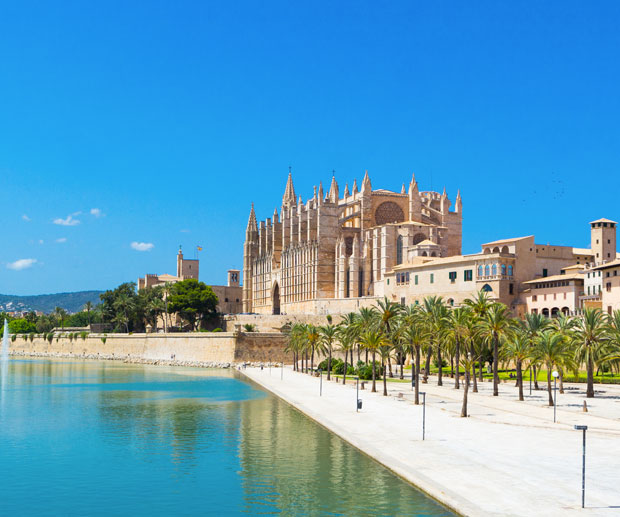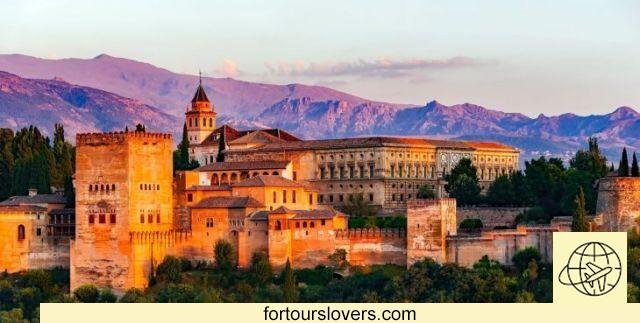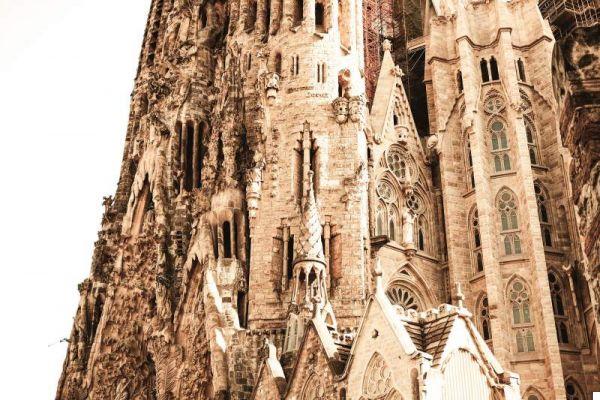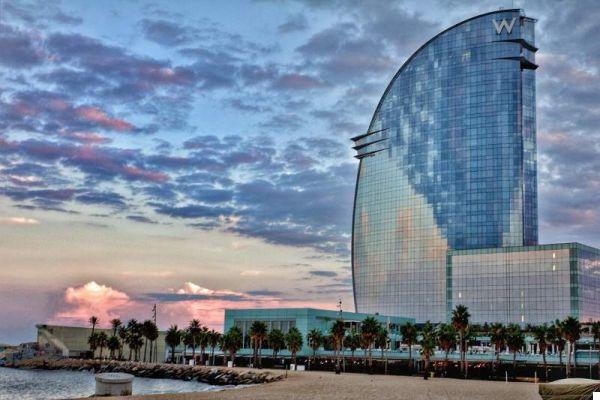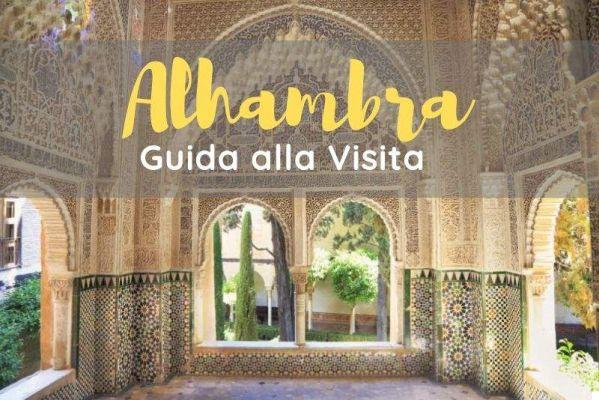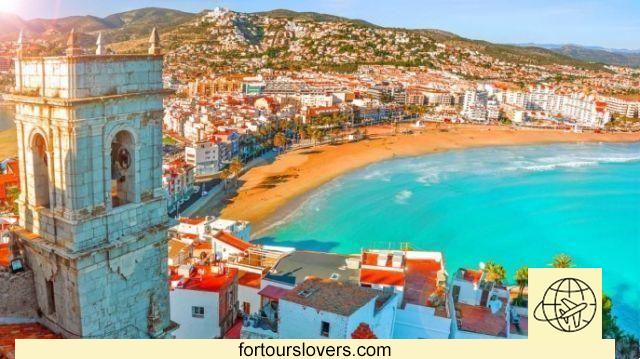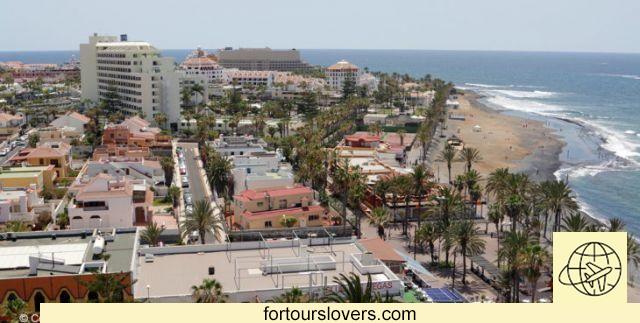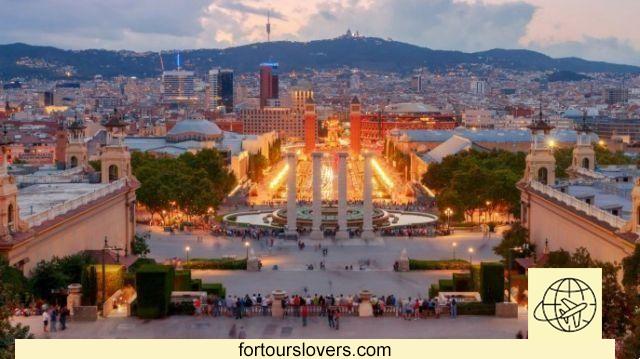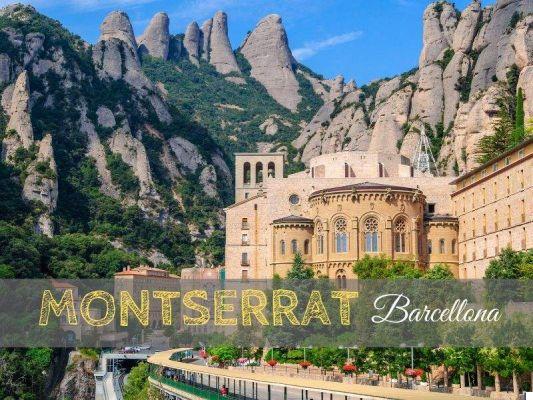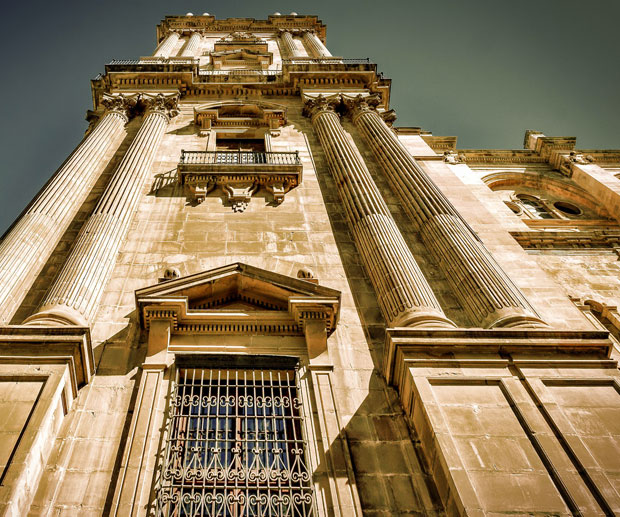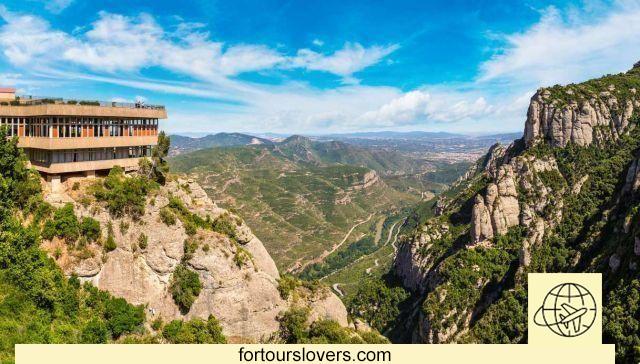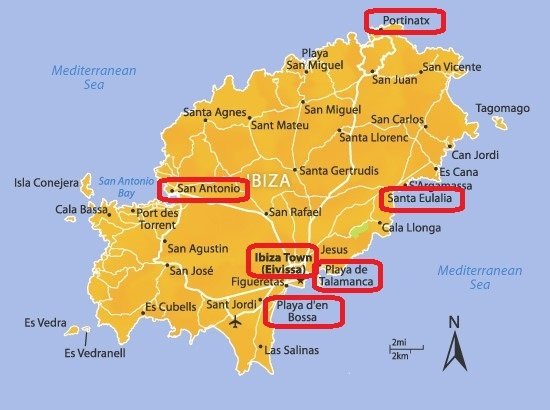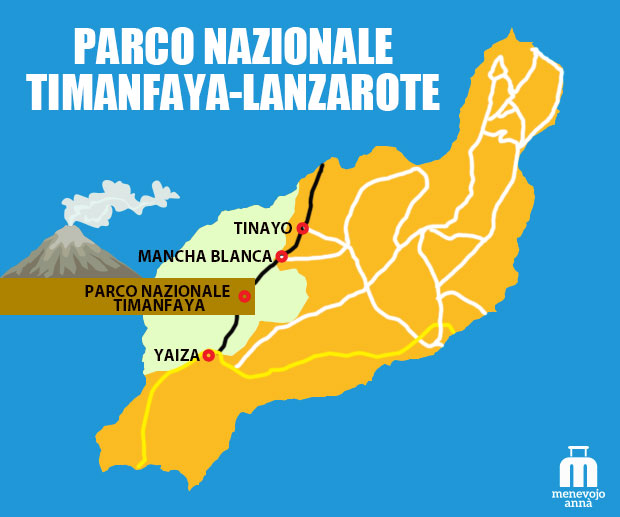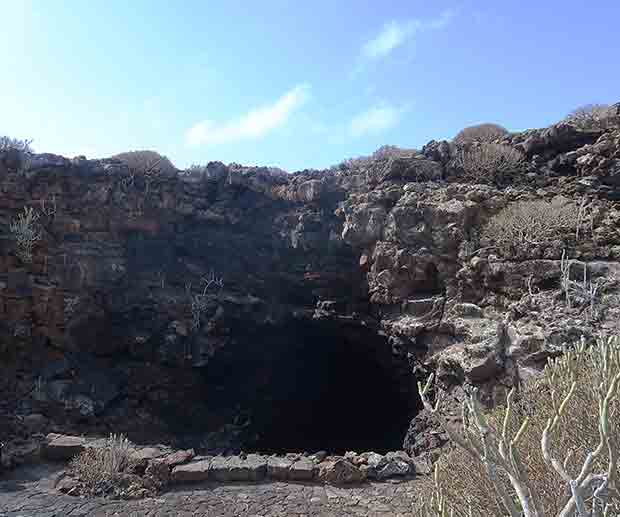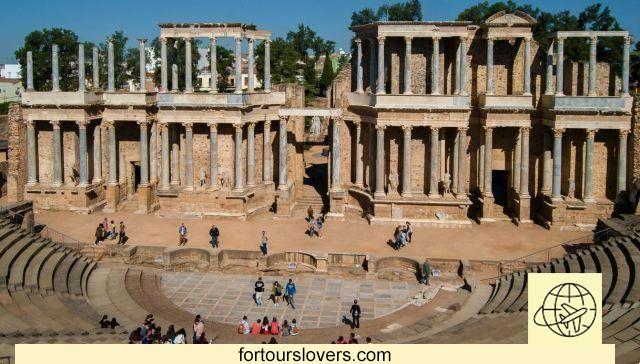
Mérida It is located next to the Silver Route, 280 kilometers southwest of Madrid. The ancient capital of Roman Lusitania is one of the best preserved archaeological sites in the Spanish state, so much so that it deserves to be included in the UNESCO World Heritage list. Capital of the autonomous community of Extremadura, it has an economy based partly on agriculture, partly on industry and tourism, thanks to its monumental heritage.
Closely linked to the expansion of the Roman Empire in the Iberian Peninsula, the city of Mérida was founded in the year 25 BC. under Emperor Augustus. Mérida initially welcomed the soldiers of the V and city or Augusta Emerita.
With the decline of the empire, the city suffered the devastation of the Alans in 409 and the Suebi in 439. It was later occupied by the Visigoths who turned it into their own kingdom, and in 713 it was conquered by the Arab army. With the unification of the kingdoms of Aragon and Castile and the accession to the throne of the Catholic kings, Mérida saw a new beginning, after the Napoleonic invasion of the XNUMXth century that damaged much of the Extremaduran territory, Mérida became a railway junction. and as it industrialized, the population also increased.
The presence of domination. Romano The architecture of the city itself clearly also influenced the legacy of splendid buildings. Begin your visit from one of the most emblematic symbols of Mérida, the Roman Theatre, built in the 6.000st century BC. It could hold up to XNUMX spectators, it was the leisure and entertainment center of the city, the marble columns, the architraves and the sculptures are the original pieces of the construction that was destroyed by the Visigoths by removing large stones to reinforce the defensive walls of the city. city.
After several discoveries and important restoration works, the theater returned to work, to the point that in the months of July and August it hosts the International Classical Theater Festival. Next to the Theater you will find the Amphitheater used for the fight of gladiators and wild beasts, it will not be difficult to imagine the original setting of this construction, you will feel part of it in the midst of applause, screams, acclamations, roars. of ferocious animals: it is up to you to let yourself go and identify with it and decide which role to choose, whether that of fearless gladiators or simple spectators.
Even today, the stairs, boxes and steps of the amphitheater built in an oval shape are well preserved and following the itinerary you will even find yourself stepping on the ground that was a battlefield for typical Roman shows. Continuing to the right you will reach the House of the Mitreo, you can admire a patrician construction that preserves beautiful environments and paintings that illustrate the life of the ancient Romans with allegories of the Nile and the Euphrates.
In the center of Mérida don't miss the Temple of Diana, the only religious building in Mérida that is still standing, since its space was used for the construction of the palace of the Count of Corbos, preserving it from ruin. The temple has six granite columns on which part of the porch rests. Cross thearch of trajan 15 meters high, which also represents one of the access doors to the city. Another example of the mastery of Roman engineering is theAqueduct of Miracles, a 10-kilometer construction that was built to supply water to the city from nearby Proserpina, which is 5 kilometers from Mérida.
It will be exciting to travel Roman bridge Stretching from one side of the Guadiana River to the other, the bridge rests on pillars composed of enormous rectangular stones capable of resisting floods and strong currents, it is 762 meters long and 11 meters high, through a small opening in the bridge you have access tofortress, a ruined Arab castle built during the year 835 as a fortress to guard the passage over the river and the entrance to the city. It is worth visiting the National Museum of Roman Art which will allow you to learn about the historical past of Mérida through collections of objects from the city and its surroundings. The museum is the work of the Spanish architect Rafael Moneo and houses 36.000 pieces.
If you are already starting to work up an appetite, the gastronomy of Mérida is very varied, one of the dishes It is worth trying the Caldereta de Cordero, a stew of lamb, onion, garlic and peppers, or the Spanish dish par excellence, Iberian ham, raw ham from small black pigs, you can also opt for gazpacho and ajoblanco (cold soup ), rabbit and partridge, pig's ear, green asparagus and sausages and cheeses to enjoy accompanied by a good glass of Ribera del Guadiana Designation of Origin wine.




